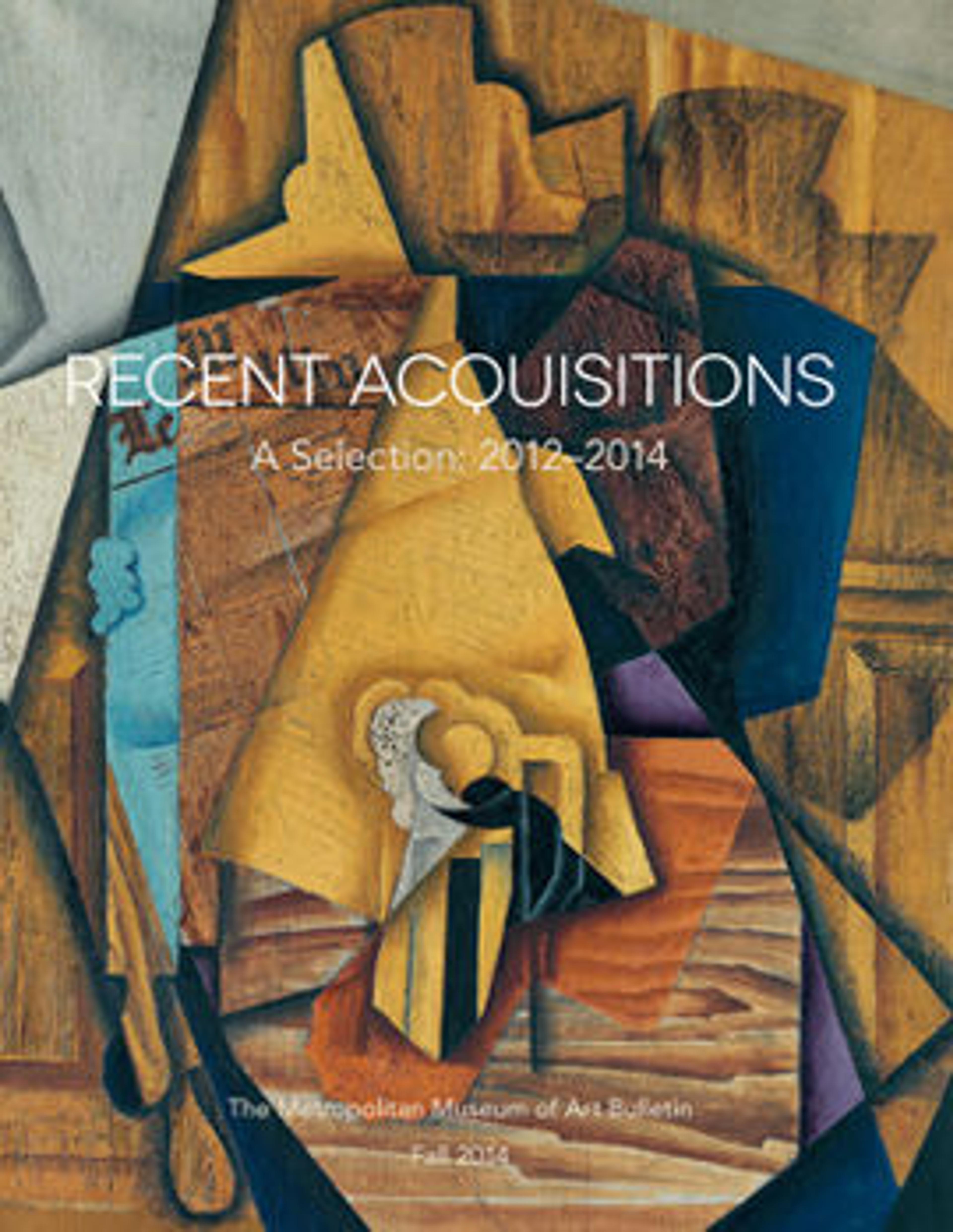Footed Goblet
This goblet in dark blue-green glass is a rare speciman made in Iran in the first centruries after the Arab conquest, although following a long-established Sasanian technique. It has thick, slightly oblique sides, a solid stem also with oblique sides, and a decorative ring just above the solid foot. The facet-cut decoration, consisting of five rows of shallow ovals scooped away at close intervals in a honeycomb pattern, was realized after the object had cooled. In facet-cut vessels from the Sasnian period (224–651), colorless glass was employed, and one shape, the shallow bowl, predominated. Beginning in the Islamic period, Iranian glassmakers allowed themselves to be more inventive, and a variety of colored glass, both opaque and transparent, was used, along with a wider variety of shapes, including bottles, jugs, deeper bowls, and vases. This goblet highlights both the continuity of techniques from pre-Islamic to Islamic Iran and the innovations that took place in the Islamic period.
Artwork Details
- Title:Footed Goblet
- Date:7th–8th century
- Geography:Country of Origin Iran
- Medium:Glass; cast and facet cut
- Dimensions:H: 7 1/8 in. (18.1 cm)
Diam. 4 1/2 in. (11.4 cm)
Wt. 26.3 oz. (745.7 g) - Classification:Glass
- Credit Line:Gift of Renée E. and Robert A. Belfer, 2012
- Object Number:2012.521
- Curatorial Department: Islamic Art
More Artwork
Research Resources
The Met provides unparalleled resources for research and welcomes an international community of students and scholars. The Met's Open Access API is where creators and researchers can connect to the The Met collection. Open Access data and public domain images are available for unrestricted commercial and noncommercial use without permission or fee.
To request images under copyright and other restrictions, please use this Image Request form.
Feedback
We continue to research and examine historical and cultural context for objects in The Met collection. If you have comments or questions about this object record, please contact us using the form below. The Museum looks forward to receiving your comments.
